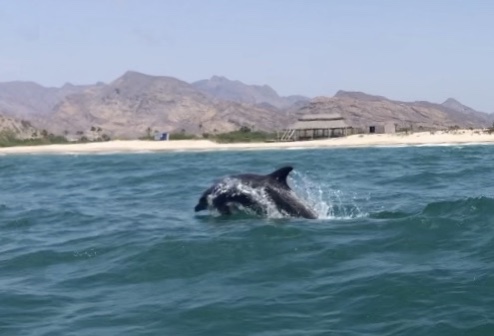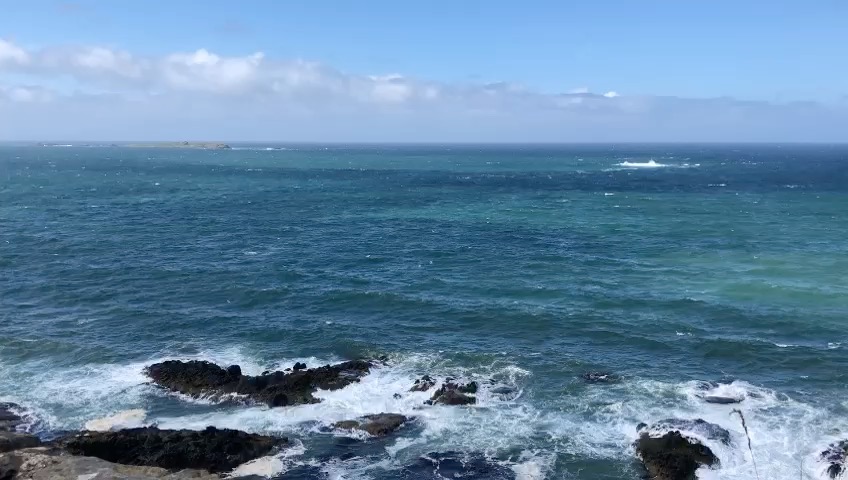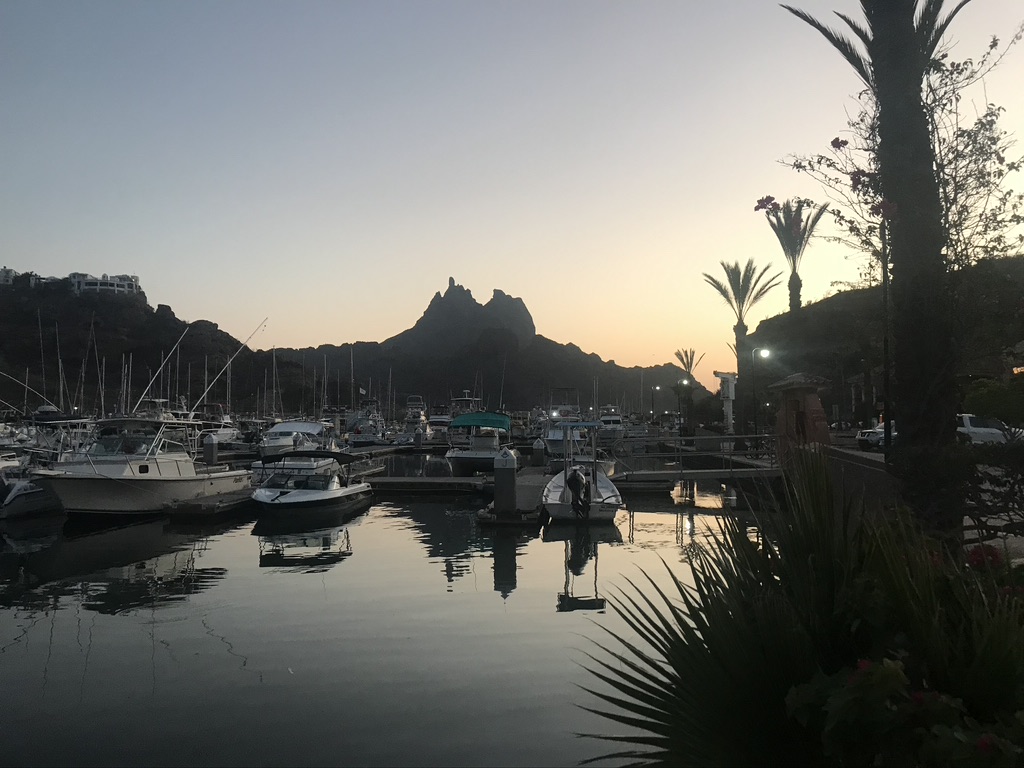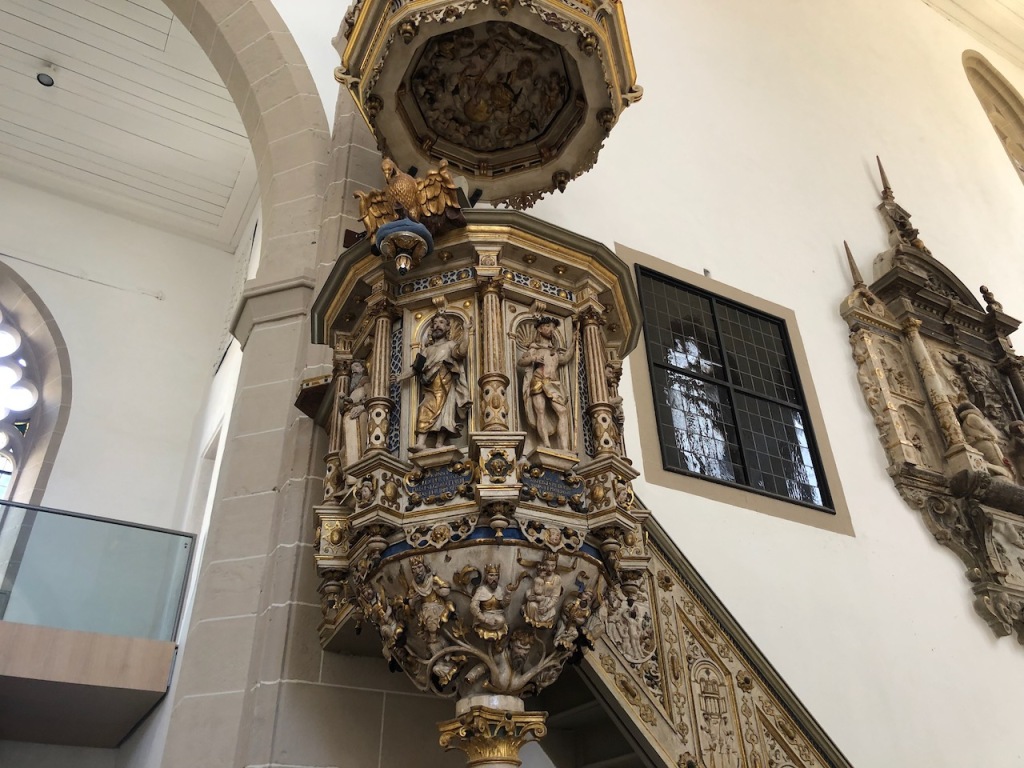Travel and transportation are important parts of our faith story. The Bible story begins with Sarah and Abraham called to leave their home and travel to a new land. The story of the people of Israel is one of migration, settlement, and exile. Most of the gospel happens while Jesus is traveling by foot or by boat. Paul and his companions traveled all over the Mediterranean so much that Acts reads as one giant travelogue. Saint Brendan the Navigator set out to do missions work in a boat with no plan at all — only the resolve to go and preach the gospel wherever the wind took him.
This should affect how we followers of Jesus think about travel.
The flight from San Carlos to Mexico City to Berlin was the longest leg of our trip. Sixteen hours in the air. That’s a long time to be crammed into a tube, wearing a mask, with hundreds of other potential COVID carriers. I did feel as though we had stepped into a journey of biblical proportions. Even though we had the internet in our hands, it was still a leap of faith carrying only what we needed for a few nights’ stay. And though we packed light, I knew we’d be getting a workout since we planned to travel mostly by foot and public transit in Europe.

I also had some concerns that went beyond our own comfort. One of my goals on this trip was to explore travel itself, its ethics and its history. Air travel is one of the most environmentally damaging things we do as a species, and the airline industry is responsible for about 5% of global greenhouse gases. Many people who love the planet have sworn off air travel altogether. Since how the church handles climate change was one of the main questions I was exploring, I struggled with my own responsibility for climate change on this trip, especially since we’d be taking some very long flights. We resolved to buy carbon offsets for our journey with some of our grant funds. We sat down with some internet calculators and estimated our total carbon footprint for the two-and-a-half month journey, including planes, trains, and automobiles. (We would also wind up taking a ferry, but we didn’t anticipate that in our original calculations).

There is an ongoing debate over whether carbon offsets actually work, or whether they are simply a form of greenwashing and conscience-soothing. I won’t go into a detailed argument here, but I felt that purchasing carbon offsets was a way for us to stay mindful of the impact of our choices during this trip. We felt it was important to try on a different lifestyle, to go car-free for most of our trip, to use our feet and public transit as much as possible. “Travel light” was our motto. For the next two months, apart from our plane flights, we would have a much lower carbon footprint than our usual lifestyle in the United States, which, unless you live within the city limits of a major metropolis, pretty much requires a car to participate fully in our society. According to our calculations, during our travels our carbon footprint would actually be less than our usual day-to-day lifestyle in the United States.

Air travel is simply an example of the bind we are already in with regards to the climate: without long-term government policies to address sustainability, the only way to have a zero-impact lifestyle in our society is to either live in poverty or be extremely wealthy. If you are rich, you could certainly live off the grid and invest in solar panels, battery backup, and alternative transportation if you have hundreds of thousands of dollars to afford land, housing, and all the technology to do so. But usually it is the wealthy who contribute the most to greenhouse gas emissions by doing none of those things and taking many domestic flights for travel. Those of us flying coach on international flights are the lowest-impact air passengers.

But being able to afford such a flight at all still puts us in the upper percentages of global wealth. What is our individual responsibility? I recognize how fortunate and privileged I’ve been to travel the world by air, usually because people donated for mission trips or sponsored projects I was working on. This trip was paid for by a grant. We could never have afforded it on a small-church pastor’s salary. Yet I knew, staring over the ocean from several tens of thousands of feet in the air, that I was living like a king compared to most of the world. And from the perspective of global history, not just a king — like a god. Flight was only a dream a little over a century ago. Now, it’s routine—if you have the money.


This was also one reason I felt it was important for us to learn to sail. For centuries, wind power was the only way you could travel the world. It may be that wind power will be important in the centuries to come. Cargo shipping accounts for an even larger percentage of global greenhouse gas emissions than air travel. Every time we buy something, whether in a store or online in our globally-connected economy, we are pumping more money into this industry. Some cargo shipping companies are betting that we will return to sailing ships, but more massive, high-tech versions.
As travel technology continues to change our relationships to time, space, and the planet, I think people of faith will need to be conscious of our responsibility. When Abraham and Sarah left Ur for the Promised Land, they were not just changing their location—they were changing the planet. May we be mindful of the way God is asking us to change.
Prayer: God, help us to be mindful of the way our travel changes not just us, but the world we inhabit.
—Rev. Dr. David Barnhart, Jr.
(You can support the ministry of Saint Junia United Methodist Church by clicking here.)





























